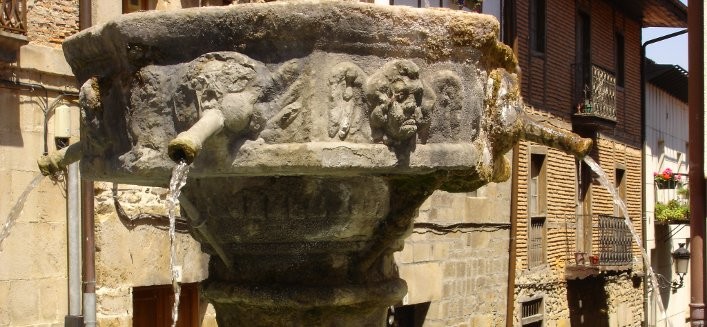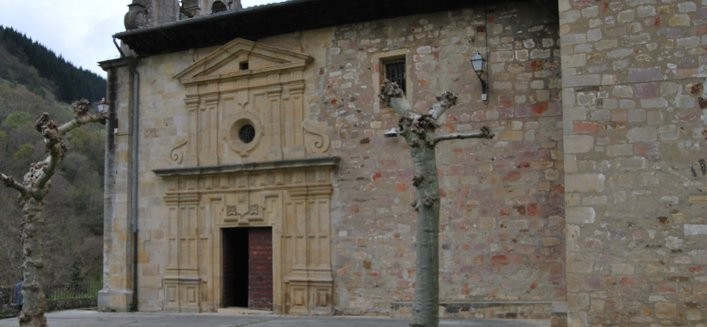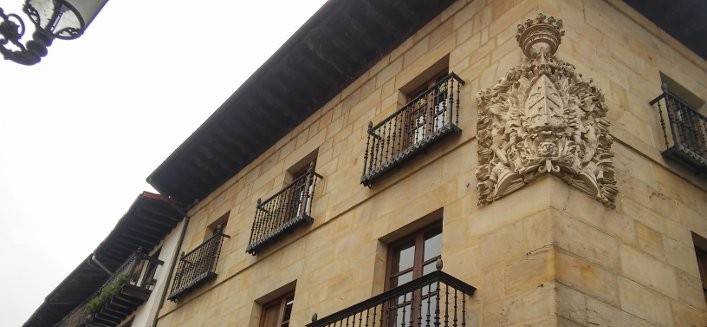The urban nucleus developed gradually during the 17th century. Leintz Gatzaga acquired importance and visits from important dignitaries, such Phillip III and Juan de Austria, facilitated the improvements to the Camino Real that crosses the town.
Between Calle Santiago and Calle San Ignacio, next to the Camino Real, is Garro Mansion. Constructed in the 17th century, with a square structure and simple lines, the Garro family boasts a coat of arms carved prominently on the corner between the first and second floors. The shield bears the arms of the family: a fleur-de-lis cross and a walking wolf.
Close to the town centre is the Sanctuary of Dorleta. Although the existing building is from the 17th century, it underwent transformations during the 18th century, and its interior houses a Gothic carving of the Virgin Mary. The entrance to the church is in Baroque style and the floor plan of the interior is a Latin cross.
The Virgin of Dorleta is the patron saint of cyclists and, for this reason objects and mementoes are often left by cyclists as offerings.
The Baroque style can be seen in several buildings in Leintz Gatzaga but the most beautiful and unique feature is the fountain known as Fuente de los 12 caños or As de Copas on Calle Santiago.
This fountain was created by Martin de Imaz in 1725. Carved in stone, the spouts with continuously flowing water are on 2 levels. It is decorated with cherubs and topped by an iron cross.





